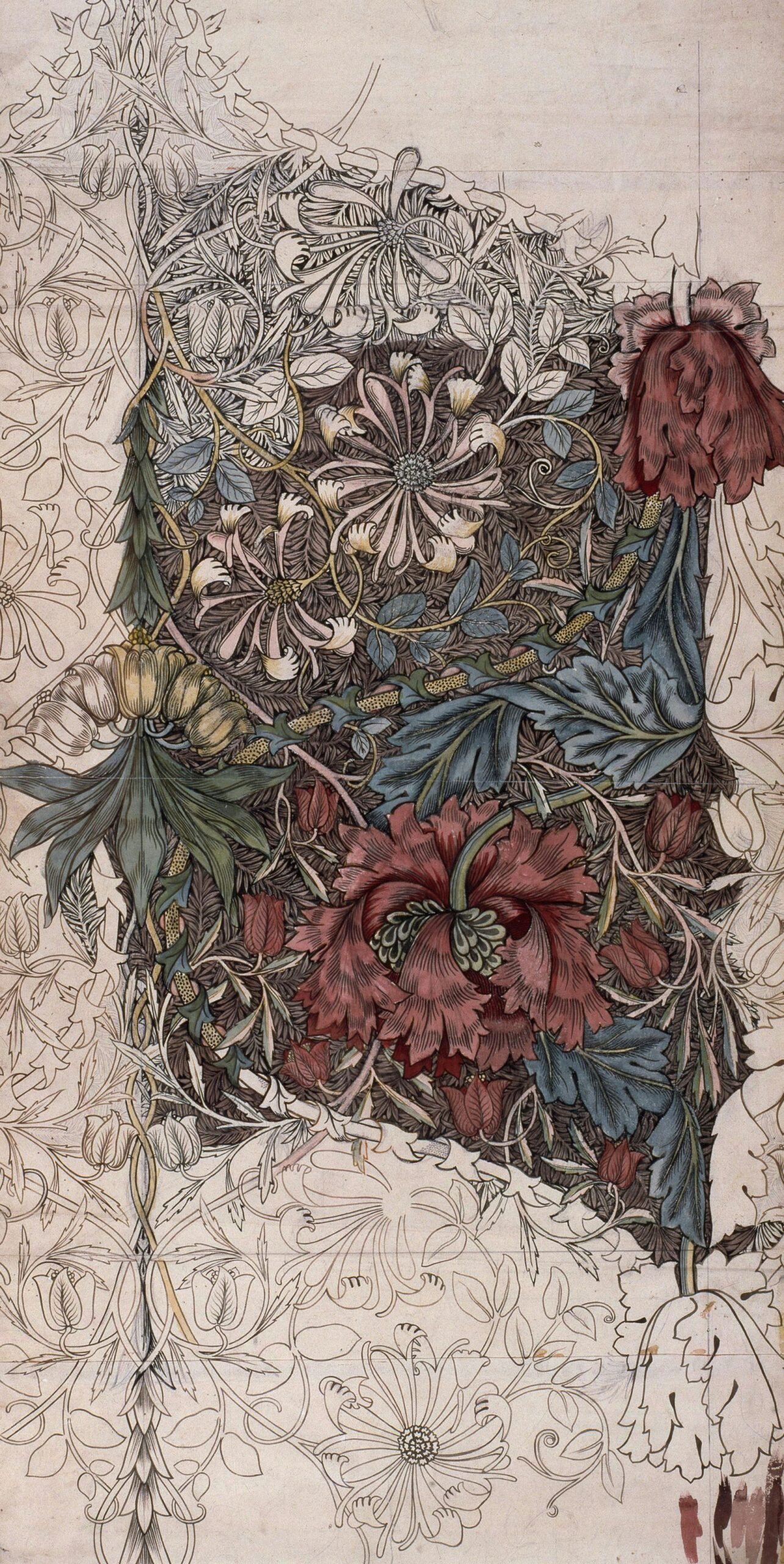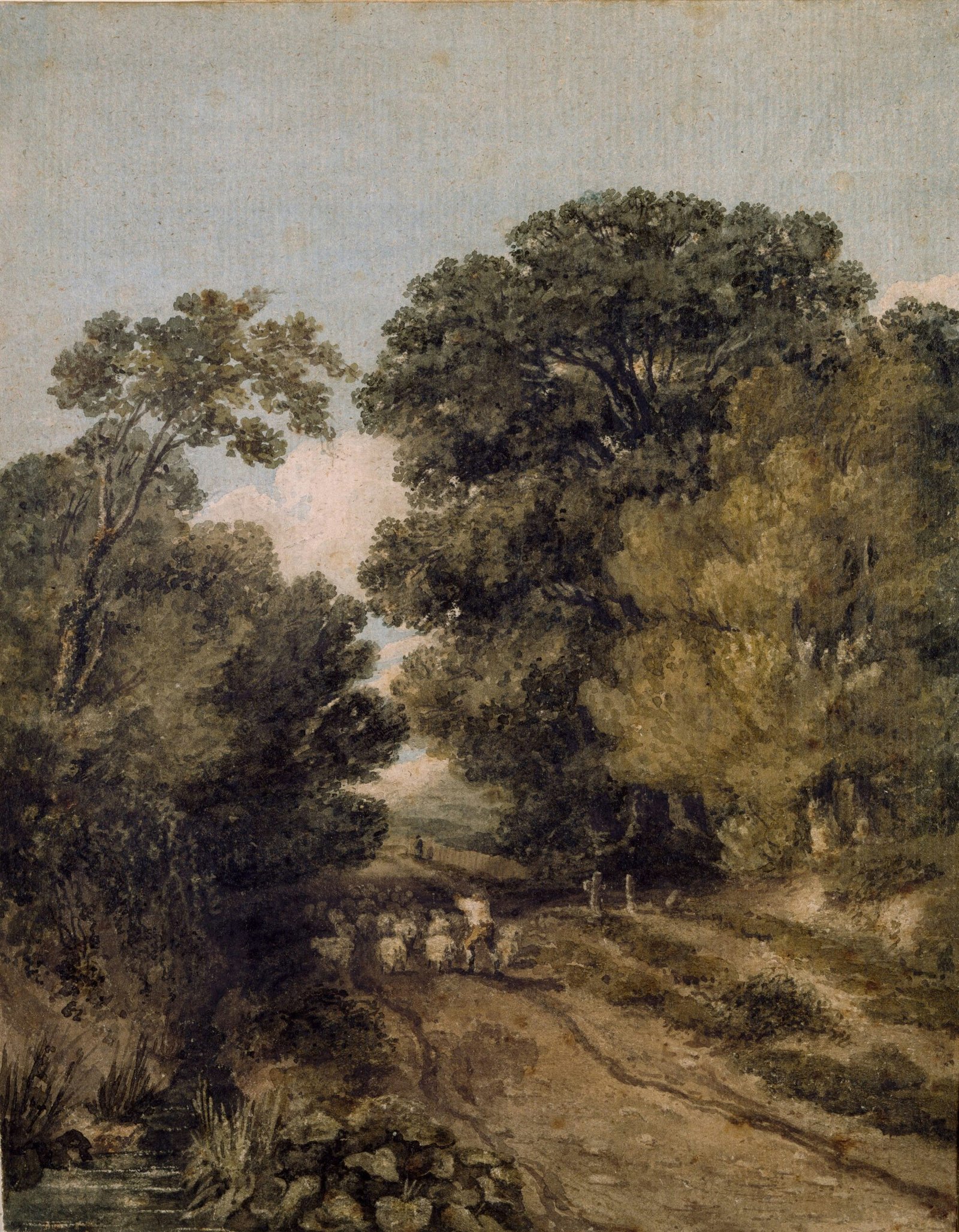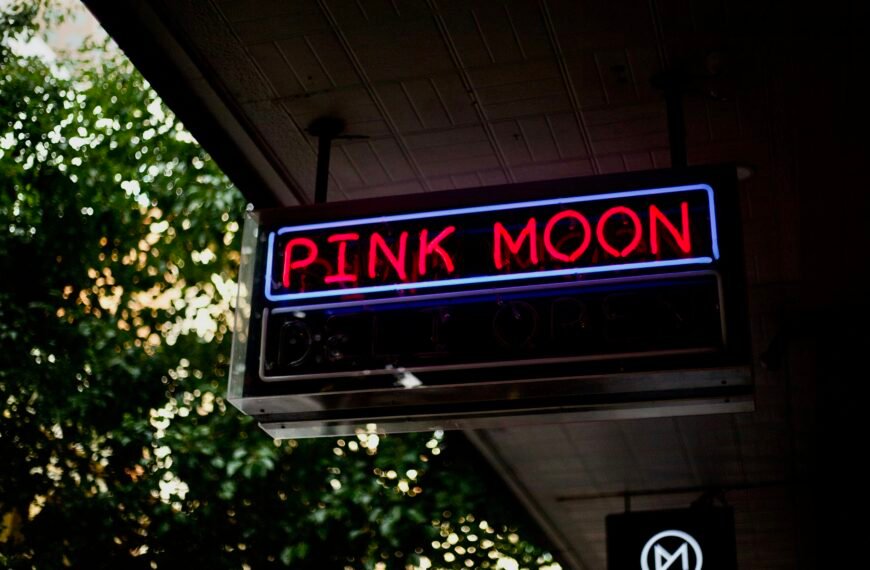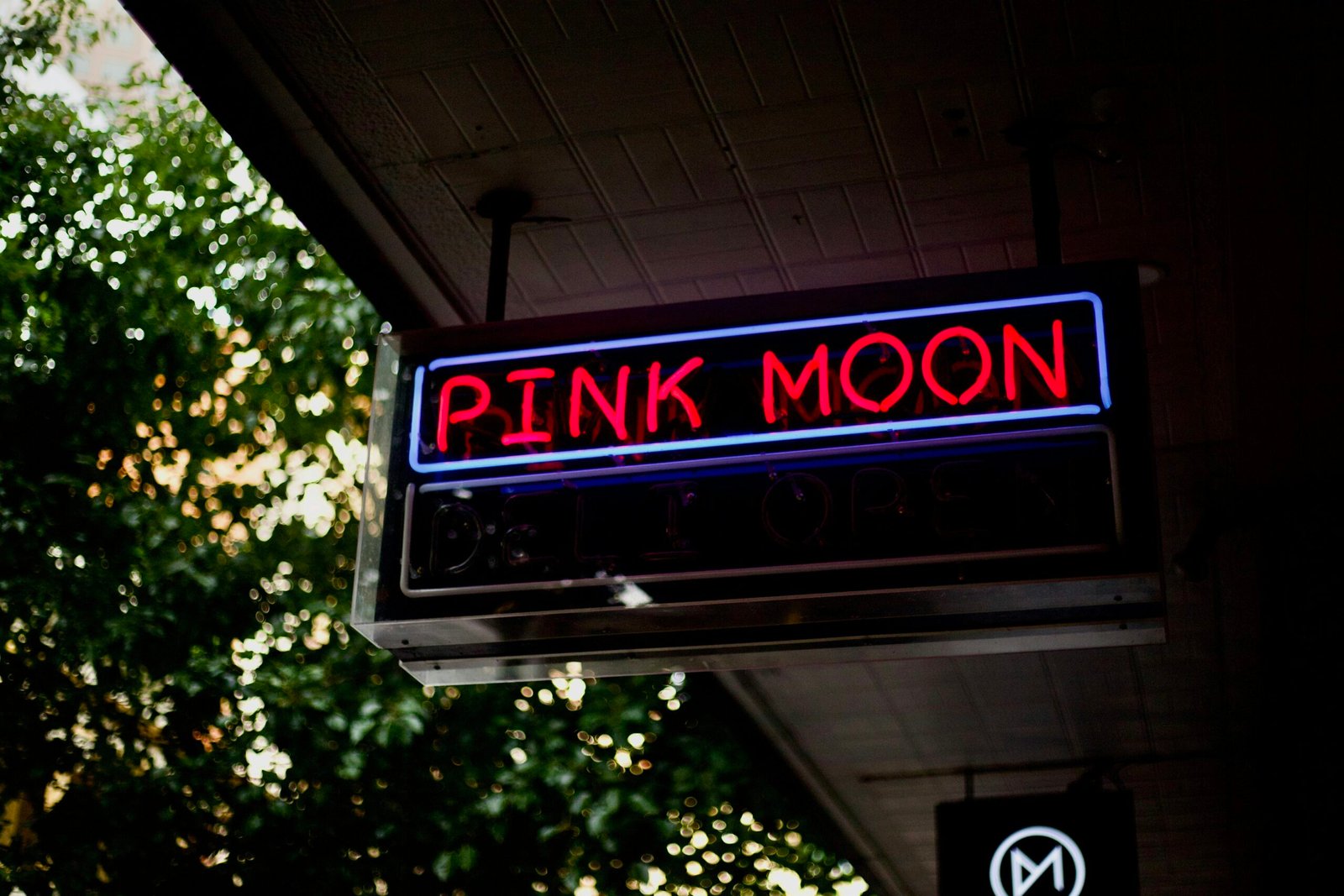Imagine being surrounded by a captivating mural as you enjoy a fine dining experience at Tate Britain. For nearly a century, visitors to this prestigious London art museum seemed to overlook the small sections of the mural that depicted disturbing scenes of racial inequality. However, with the rise of the Black Lives Matter movement, the demand for social justice sparked a call for the removal of this offensive artwork. Instead of taking it down, Tate Britain chose to commission artist Keith Piper to create a thought-provoking response. In this delicate balancing act between activism and art, Tate Britain aims to address the problematic imagery while appeasing both advocates for change and traditionalist critics. With Piper’s work now on display alongside the controversial mural, the museum seeks to foster dialogue and introspection for all who witness this groundbreaking exhibition.

Background
Introduction of the mural at Tate Britain
For nearly a century, a mural created by Rex Whistler served as the backdrop to a high-class restaurant at Tate Britain. This 55-foot-long painting depicted a hunting party riding through a fantastical landscape and was largely unnoticed by visitors, who came to enjoy fine wine and expensive dishes.
Unnoticed sections and demand for removal
However, in 2020, antiracism campaigners brought attention to two small sections of the mural that depicted racially charged scenes. One section showed a white woman dragging a Black boy by a rope, while the boy’s terrified mother watched from a tree. The other section depicted the same boy running behind a cart, shackled by a collar. The rise of the Black Lives Matter movement and the murder of George Floyd amplified the demand for the removal of the mural.
Closure of the restaurant
In response to the controversy, Tate Britain made the difficult decision to close the restaurant and began considering what to do with the mural. This closure sparked a debate over the value of preserving artwork that contains offensive imagery and how to reconcile historical context with contemporary sensibilities.
The Controversy
Antiracism campaigners’ social media campaign
Antiracism campaigners took to social media platforms to draw attention to the problematic parts of the mural, using powerful images and impactful captions. Their campaign caught the attention of the public and put pressure on Tate Britain to address the issue.
Debate over the mural’s removal
The demand for the removal of the mural ignited a heated debate among art enthusiasts, conservative politicians, and activists. Supporters of removal argued that the mural perpetuated harmful stereotypes and should be taken down, while others defended its preservation as an important historical artifact.
Balancing demands of activists and conservative politicians
Tate Britain faced the challenge of finding a solution that satisfied both activists who advocated for the removal of offensive artwork and conservative politicians who believed that museums should not bow to “woke” culture. Striking a balance between these two opposing viewpoints was crucial to maintaining the integrity of the institution while addressing legitimate concerns.

Keith Piper’s Commission
Keith Piper, the Black British artist
Tate Britain decided to commission Keith Piper, a Black British artist, to create a response to Whistler’s mural. Piper is known for his thought-provoking and politically charged artworks that delve into issues of race, identity, and history.
Aims of Piper’s video work
Piper’s video work, titled “Vice Voce,” aims to directly address the racist imagery present in Whistler’s mural. Through a critical and historical lens, Piper seeks to provide contextual understanding of the offensive depictions and prompt discussions about their impact on society.
Curator’s statement on displaying Piper’s work
Chloe Hodge, the curator of Tate Britain’s exhibition, explained that Piper’s work would be on display for approximately a year. The intention behind showcasing the video is to shed light on the historical context and racism within Whistler’s mural while facilitating dialogue and understanding among visitors.
Piper’s Response
Awareness of potential backlash
Piper was aware that his commission was a delicate task, as it involved responding to a highly controversial and racially charged artwork. He understood that his work could potentially face criticism from both those advocating for the removal of the mural and those defending its preservation.
Acknowledgment of the controversial nature of the commission
Recognizing the sensitive nature of his commission, Piper acknowledges that it is a “poisoned chalice.” He understands that his response to the mural may not fully satisfy all parties involved but hopes to initiate a conversation about the impact of racist imagery within art.
Commitment to addressing the racist imagery in Whistler’s mural
Despite the challenges, Piper is committed to addressing the racist imagery present in Whistler’s mural. Through his video work, he aims to confront the uncomfortable truths and historical context surrounding the offensive depictions while providing an opportunity for reflection and education.

The Artwork
Directly addressing the racist imagery in Whistler’s mural
Piper’s video work directly addresses the racist imagery in Whistler’s mural, exposing the uncomfortable truths embedded within the artwork. By drawing attention to the offensive scenes, Piper prompts viewers to critically analyze and reflect on the historical context and impact of such depictions.
Critical and historical lens
Piper’s response employs a critical and historical lens to analyze the racist elements in Whistler’s mural. Through this approach, he encourages viewers to consider the implications of the artwork within the broader context of colonialism, racism, and power dynamics.
Explaining the context and impact of the racist depictions
In his video work, Piper provides viewers with an in-depth exploration of the context and impact of the racist depictions in Whistler’s mural. By unraveling the layers of historical significance, he seeks to foster a greater understanding of how art can perpetuate harmful stereotypes and influence societal perceptions.
Exhibition Duration
On display for approximately a year
Tate Britain has made the decision to display Piper’s video work for about a year. This duration allows visitors ample time to engage with the installation, participate in discussions, and reflect on the complex issues raised by the mural and its response.
Considerations for the exhibition’s duration
The decision to display the video work for a year took into account the need for sustained dialogue and education. Tate Britain aims to provide visitors with sufficient time to fully grasp the historical context, engage in meaningful conversations, and challenge their own perspectives.
Potential for extension or change
While the initial plan is to display Piper’s video work for a year, Tate Britain remains open to the possibility of extending the exhibition or implementing changes based on public feedback. This flexibility ensures that evolving conversations surrounding the artwork can be accommodated.
Balancing Activism and Art
Addressing the demands of activists for removal
By commissioning Keith Piper and showcasing his response to Whistler’s mural, Tate Britain acknowledges the concerns of activists who called for the removal of offensive artwork. The institution’s decision demonstrates a commitment to addressing these concerns while also fostering meaningful dialogue and education.
Catering to conservative politicians’ and art enthusiasts’ concerns
Tate Britain’s choice to preserve the mural within the context of Piper’s video work also addresses the concerns of conservative politicians and art enthusiasts who advocate for the preservation of historical art. By striking a balance between removal and preservation, the institution ensures that differing perspectives are considered.
Striking a middle ground
Tate Britain’s approach to the controversy surrounding Whistler’s mural can be seen as an attempt to strike a middle ground between activism and art. By commissioning a response that critically engages with the offensive elements of the artwork, the institution acknowledges the need for social progress while respecting the importance of historical preservation.
Perceived Challenges
Potential criticism from both sides
Tate Britain’s decision to display Piper’s work alongside Whistler’s mural carries the risk of facing criticism from both activists and preservationists. Some activists may argue that the mural should have been removed entirely, while preservationists may feel that the response diminishes the historical value of the artwork.
Navigating public opinion
Public opinion surrounding the controversy is diverse and nuanced. Tate Britain must navigate this complexity, considering various perspectives while staying true to its mission of promoting dialogue, education, and inclusivity.
Impacts on the reputation of Tate Britain
The way in which Tate Britain handles this controversy can significantly impact its reputation. The institution must demonstrate careful thought, sensitivity, and inclusivity in how it addresses the concerns raised by activists and art enthusiasts alike. The ultimate goal is to forge a path forward that finds common ground among differing viewpoints.
Conclusion
The significance of Tate Britain’s approach
Tate Britain’s decision to commission Keith Piper to create a response to Whistler’s mural reflects the institution’s commitment to addressing controversial artworks in a thoughtful and inclusive manner. By striking a balance between removal and preservation, Tate Britain aims to encourage dialogue, education, and reflection on the impact of racist imagery within art.
Continued debates on controversial artworks
The controversy surrounding Whistler’s mural at Tate Britain is indicative of wider debates on how society should handle offensive artworks. As societal norms and values evolve, discussions on the relevance, interpretation, and display of controversial artworks persist, challenging institutions and individuals to find nuanced and respectful solutions.
Impact of Keith Piper’s commission
Keith Piper’s commission at Tate Britain has the potential to spark meaningful conversations about racism, colonialism, and the power of art. By confronting the racist imagery within Whistler’s mural and providing a critical and historical context, Piper’s work encourages viewers to engage with complex issues and reflect on their own perspectives.







